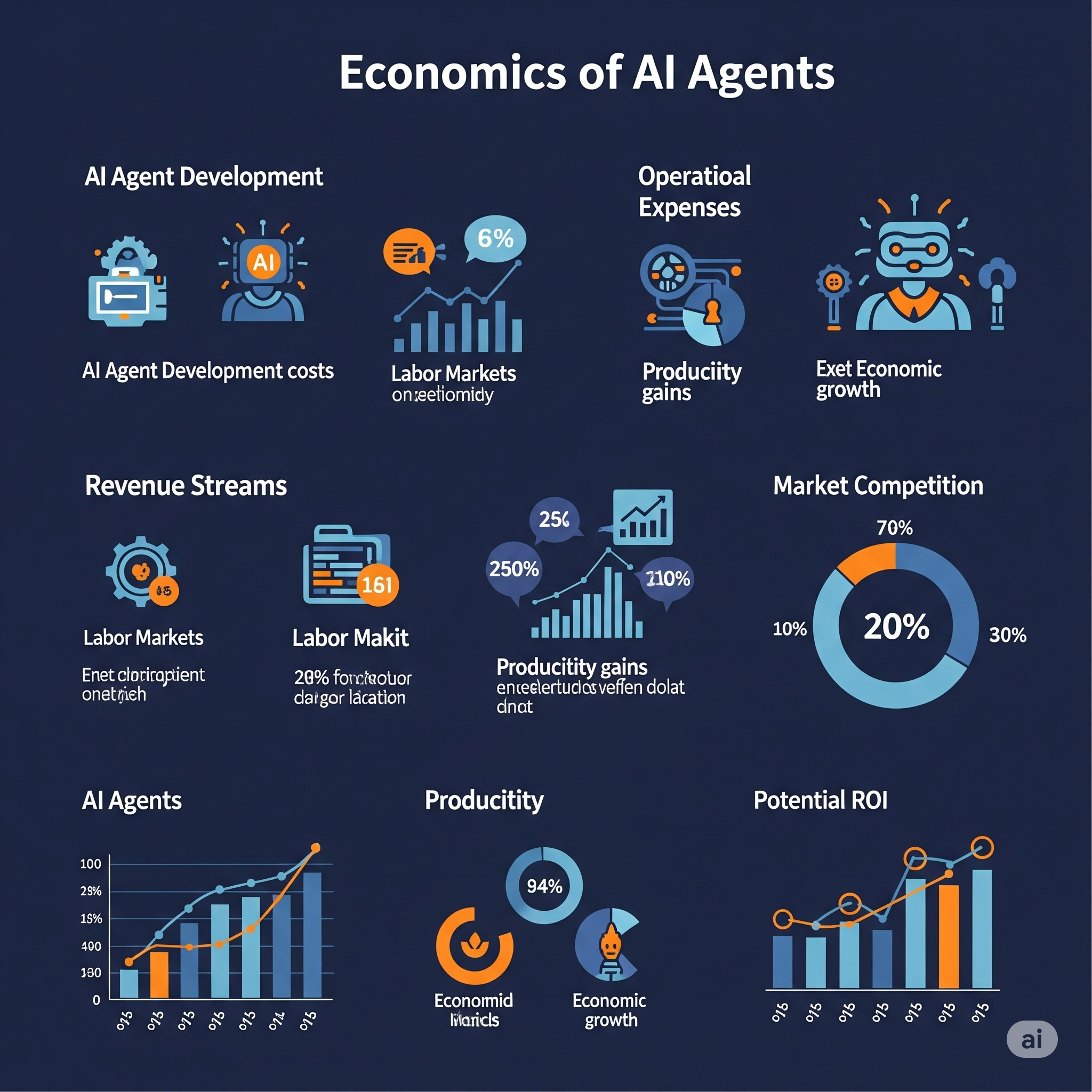In Episode 9 of the Fringe Lines Podcast, Quinn and June dive deep into the latest happenings across crypto, generative AI, cybersecurity, and economic market shifts. This episode unpacks trends straight from the ETHDenver conference, explores existential questions around AI agents in the workplace, and analyzes the growing threat landscape tied to AI workloads and malicious actors.

ETH Denver Recap: Solana in the Spotlight and Institutional Movement
June shares takeaways from the ETHDenver conference, noting how Solana is emerging as a favored platform despite historical friction with Ethereum communities. There’s growing interest in launching Solana-first applications, a notable shift for what’s traditionally an Ethereum-centric event.
Also notable: institutional interest in crypto is growing, fueled by recent U.S. government leadership changes and more crypto-friendly policies. Momentum is building around both adoption and legitimacy.
OpenAI Agent Tiers: Sales, Dev, and PhD Agents
A major headline this week: OpenAI is rumored to be launching subscription-based agents priced at $2K, $10K, and $20K per month, designed to automate high-income knowledge work.
Quinn and June debate what this means for hiring, entrepreneurship, and labor economics. If agents can perform tasks traditionally assigned to sales development reps or junior developers, does that make humans agent managers? Could startups be staffed with just a CTO and a fleet of agents? The implications are vast.
Existential Labor Questions: Where Do the Gains Go?
OpenAI’s productization of agents suggests a shift in value from labor (employees) to capital (infrastructure providers). This raises important socioeconomic questions:
- Do workers lose jobs while companies and LLM providers capture the upside?
- Is Universal Basic Income (UBI) the only sustainable path forward?
- Will AI saturation force GDP to grow or destabilize economic models?
CoreWeave & Microsoft: Risky Revenue Dependence
Microsoft pulling out of deals with CoreWeave, an AI infrastructure company, has ripple effects. With over 60% of CoreWeave’s projected 2024 revenue tied to Microsoft, questions arise:
- Who are the buyers for niche GPU providers?
- Are they too risky without diverse revenue streams?
- Is CoreWeave’s pivot from crypto mining to AI a sustainable play?
Quinn likens it to investing in CitiBank without holding JPMorgan—it may be a value find or just too much risk.
Trump’s Strategic Digital Reserve: Bitcoin and Beyond
Former President Trump announced a digital asset reserve holding seized Bitcoin and potentially other cryptos like Solana, XRP, and Cardano. While BTC and ETH are logical picks, the inclusion of less-used tokens sparked backlash from the crypto community.
The reserve will not involve government purchases—only the use of previously seized tokens. This raises questions about longevity, policy shifts under future administrations, and whether this signals deeper crypto integration into fiscal policy.
AI in the Cloud: Security Risks and Self-Hosting Trends
Wiz’s annual report revealed:
- 74% of cloud orgs now use managed AI services.
- DeepSeek saw explosive growth among self-hosted model users.
- Open-source models like LLaMA dominate the landscape.
But the most shocking revelation? Severe security risks around self-hosted AI. Hugging Face and other platforms allowed malicious actors to inject backdoors into AI models, giving them access to other tenants’ data.
Data poisoning and shadow AI usage echo early cloud adoption concerns. Enterprises must get smarter about vetting models and providers.
Threat Actors Love GenAI: Phishing, Deepfakes & Malware
Generative AI is accelerating cyberattacks:
- 442% increase in phishing attempts (e.g., voice impersonation).
- Growth in deepfakes and social engineering.
- Malicious actors using GenAI to create new malware and payloads.
CrowdStrike categorizes this into two buckets:
- Social engineering and phishing.
- Malicious code creation and network intrusions.
Humans remain the weakest link, and the arms race is escalating.
Enterprise Adoption: Still Early Days
Despite all the hype, most enterprise AI use cases are still:
- Internal productivity boosters (summarization, code review).
- Experiments vs. full production workloads.
Only select domains—like pharma or research—may justify self-hosted models due to cost, scale, or privacy concerns.
Flood of Model Announcements: Keeping Up is Hard
Last week saw:
- OpenAI’s GPT-4.5 release
- Perplexity AI launching a deep research bot
- Microsoft releasing Phi-4 (small multimodal model)
- Amazon launching Alexa Plus powered by Claude & Nova
The innovation pace is breakneck, and it’s unclear who will dominate. As moats blur and agents become standard, trust, data, and distribution may determine long-term winners.
Closing Thoughts: Moats, Prompts, and the Power of Communication
Will OpenAI eat into SaaS? Can Salesforce keep pace? Quinn and June offer counterpoints:
- Microsoft Copilot created an impressive deck from text.
- OpenAI is good, but not dominant in all use cases.
One edge? Prompting. The ability to articulate thoughts clearly and guide LLMs effectively could be a defining skill. And as Quinn quips, “Amazonians might win the prompting war—if only because we’re trained to write clearly and concisely.”
Thanks for listening to Fringe Lines. Stay curious, stay sharp, and we’ll catch you next week.

Leave a Reply